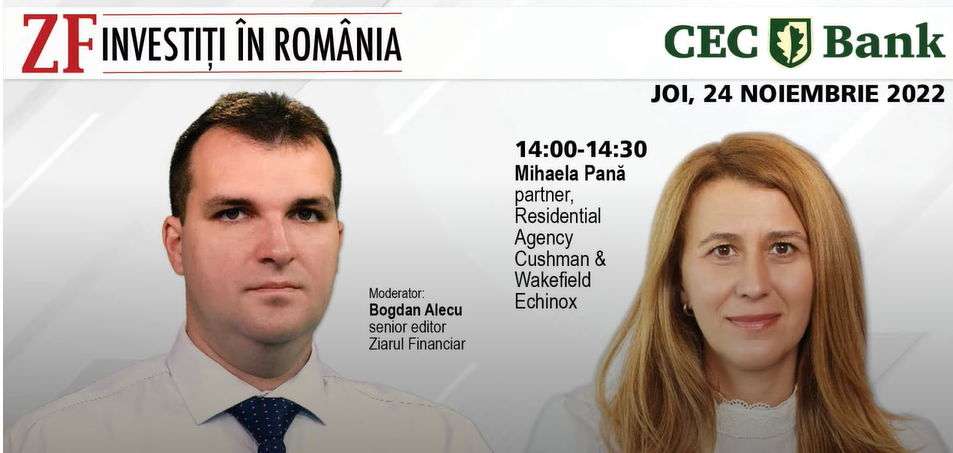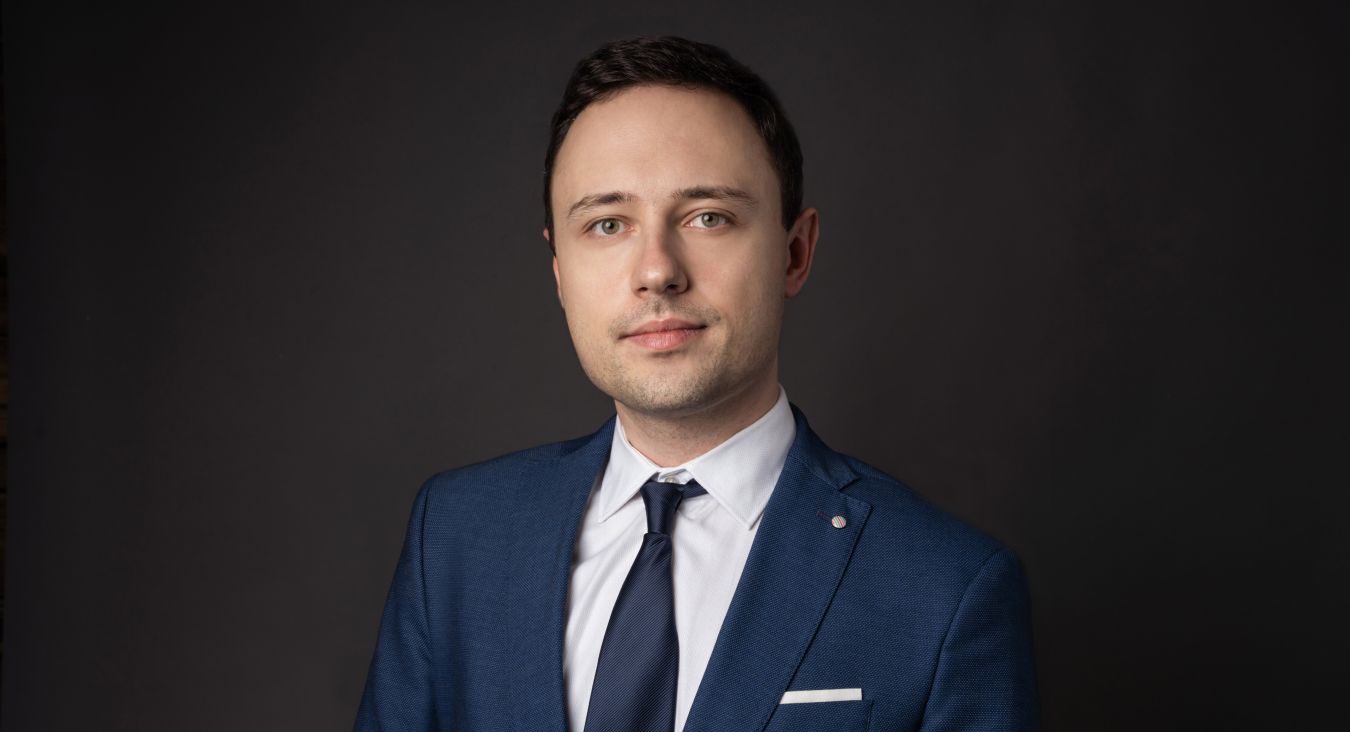This website uses cookies so that we can provide you with the best user experience possible. Cookie information is stored in your browser and performs functions such as recognising you when you return to our website and helping our team to understand which sections of the website you find most interesting and useful.

The acquisition of income-generating properties has become an increasingly popular option for private investors, both Romanian and foreign, as they seek opportunities to deploy their capital. A shift has occurred in recent years, as these investors—once predominantly focused on the residential sector and “trophy” properties—are now exploring diverse segments of the market, including office spaces, retail, industrial, and hospitality properties. Investment budgets vary significantly, ranging from €2-3 million for a single property to upwards of €10-15 million, depending on the asset.
“Investors are still interested in apartments, which remain a key investment avenue for local players. However, we’ve noticed a shift in strategy, with many diversifying their portfolios. A significant number of both local and foreign investors have allocated funds to commercial spaces and small office buildings requiring refurbishment. These are later modernized and leased. Prime apartment prices have seen notable increases, and yields have decreased, making other real estate sectors more appealing. Private investors have realized the benefits of diversifying their investments,” said Mihaela Pană, Partner at Residential Agency Cushman & Wakefield Echinox, during the ZF Invest in Romania! program, a project by ZF and CEC Bank.
For a long time, premium and luxury residential properties were the dominant investment choice due to their high returns. However, as prices have risen faster than rental incomes, yields have declined. This has prompted investors to explore other classes of assets, which have emerged as more attractive due to the potential gains they offer.
“Yields on prime apartments range between 4-6%, and these investments typically serve a dual purpose—they generate income while preserving value over time. Property prices tend to appreciate in the long term,” explained Mihaela Pană.
Shifting Focus Toward Diverse Opportunities
Many private investors operate without the need for financing, leveraging their liquidity to invest in both income-generating assets and properties that require improvements to become revenue-generating. This includes commercial spaces, older office buildings in prime locations, and other assets that, with refurbishment, can be brought to modern standards and leased out.
Such investors act either independently or through private investment funds, pooling resources to acquire more diverse and valuable assets. This collaborative approach has enabled them to tap into opportunities that were previously dominated by institutional investors.
An Evolving Real Estate Market
The local market offers a broader range of properties suitable for private investors compared to the limited supply of assets typically targeted by institutional funds. This dynamic is expected to drive increased transaction activity, enhancing liquidity in the real estate investment market as a whole.
As private investors diversify into commercial and industrial properties, the real estate sector in Romania is poised for further growth. Their involvement not only expands the range of transactions but also brings new life to older assets, contributing to the overall modernization and development of urban areas.
In summary, the growing interest in income-generating properties reflects a maturing market where private investors seek both stability and growth potential. This shift signals an era of diversification and innovation in Romania’s real estate investment landscape.





